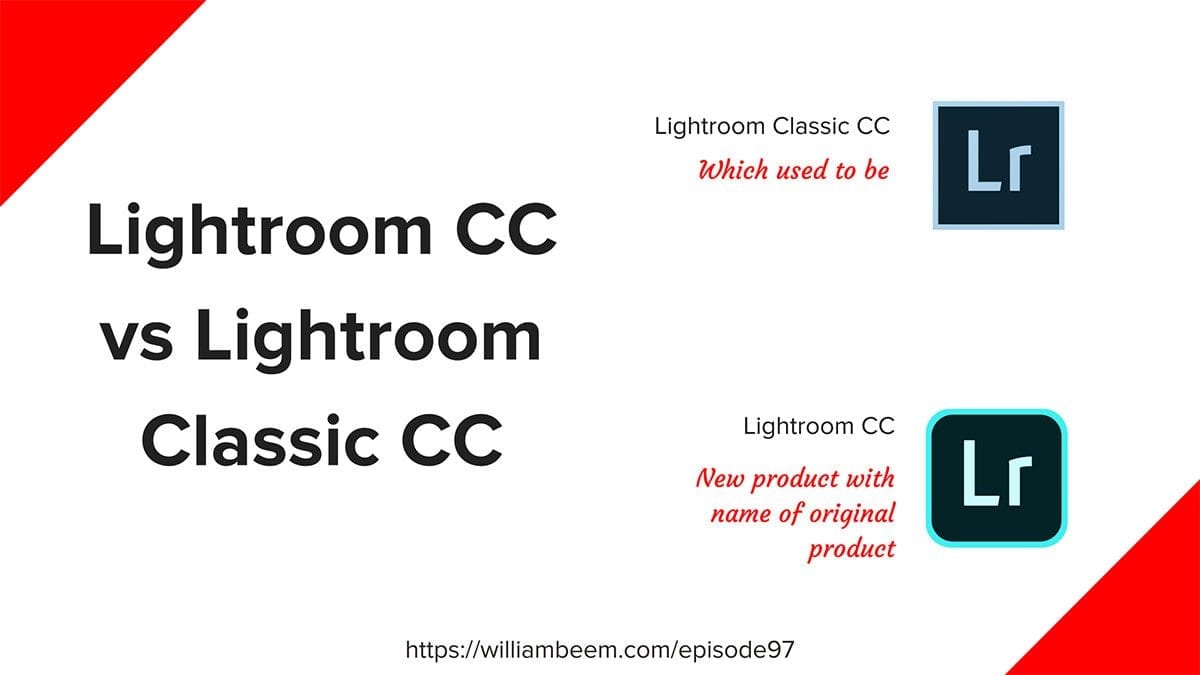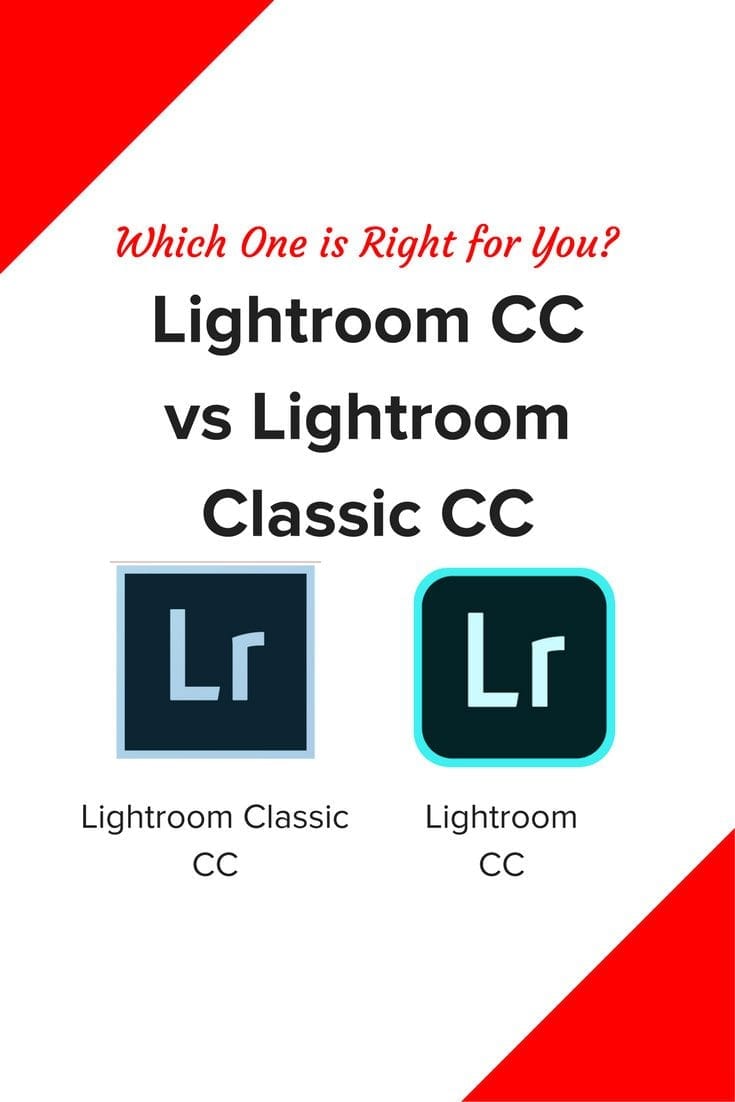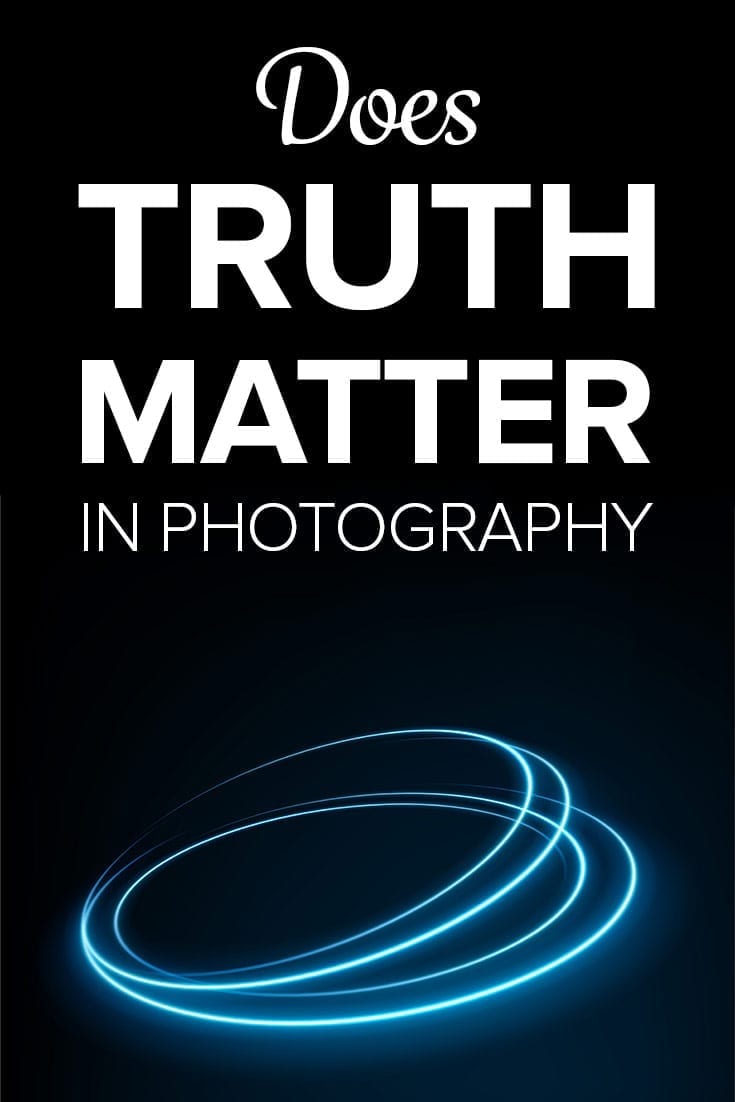Affiliate Disclosure: We earn a commission if you purchase through one of our links at no additional cost to you.
Adobe announced Lightroom Classic CC vs Lightroom CC for 2018. Is there a right choice? The new product has the old name, the old product now sounds like poor marketing, and you may end up paying more for storage. What’s your best option?
Lightroom Classic CC vs Lightroom CC – Why Did Adobe Do This to Us?
I know what you’re thinking. Adobe hates its customers. What other reason would a company have for taking one of its most popular products, giving its name to a new product, and then saddling the old product with a “Classic” name?
Now we have Lightroom Classic CC and Lightroom CC.
This is just incredibly stupid product management. Assigning the product name to a new product causes confusion among customers. Yes, I’m sure Adobe can explain it, but I look at it from a blogger’s point of view.
Over the years, I wrote articles on Lightroom CC. Now when people use a search engine, what product results will they get? The new product or the old product?
Both have the same name! Even the logos are similar, using the same combination of letters. The only difference is the color of text and the curved border.
Lightroom Classic CC
The product you previously knew as Lightroom CC is now Lightroom Classic CC. It’s sort of like what happened to Coca-Cola years ago.
Coke changed its formula to make it sweeter, giving us New Coke. People didn’t like that at all, so Coke came back as Coke Classic. Both were on the market at the same time. So something that you knew as Coke wasn’t really coke. The Coke you knew was now Coke Classic.
Now Adobe made the same blunder. The Lightroom CC you knew is now Lightroom Classic CC. A pretender wears the Lightroom CC label.
With Lightroom CC Classic, you get exactly what you had before – a file based system to use on your local PC or Mac. It has all of the features it had a couple of weeks ago, but now we’re promised it’s faster.
Again.
How many times has Adobe promised us that Lightroom got faster? Adobe promised us speed improvements by using the GPU chip and other methods. No doubt those tricks improved some operations. Yet the obvious truth is that Lightroom is dog-slow for photo management.
It makes me miss Aperture for photo management.
Now we’re told that you can move sliders and brushes faster. Excuse me while I contain my enthusiasm.
Another new feature is Range Masking for selections. The good news is that it works. The idea is that you still create your mask with the traditional tools – brush, gradient, etc. Then you can choose either a Color or Luminance masking option. Put an eyedropper on the area you want to select and it adjusts your mask to match.
I tried it and it works, so this is a useful new tool.
Lightroom CC
Old name, new product. Lightroom CC is for the mobile generation. It’s a cloud-based tool, much like Apple’s Photos and iCloud service. It’s about as deep as Photos, too. This product – Lightroom CC – is NOT what you expect from Lightroom. In fact, it has a long list of features from Lightroom Classic CC that don’t exist in Lightroom CC (New Coke).
Perhaps we’ll see some of these features added in Lightroom CC in the future. My gut feeling is that this product wasn’t ready to launch, but here it is.
Lightroom CC works on desktop, smart phones and tablets. The idea is that you store everything in Adobe’s cloud service and each device has everything it needs, as long as you have an Internet connection to your data.
Adobe announced that you get 1 TB of storage for $9.99/month. For those who are only working on mobile devices, 1 TB is a great amount of storage.
If you’re working with RAW files, it really sucks.
The Lightroom CC Storage Equation
Adobe hasn’t told us about pricing beyond 1 TB. Do you pay the same for each additional terabyte, or is there some kind of discount as you move up?
I honestly don’t think that Adobe intends this solution for anyone who needs more than a terabyte of storage. Cost aside, imagine the burden on your Internet connection to upload and download RAW files. This would be dreadfully slow to anyone who needs to work with large RAW files.
Here is the pricing that Adobe shared with the Lightroom product plans.
Lightroom CC plan
Includes the all-new Lightroom CC and 1 TB of cloud storage.
US$9.99/mo.
Photography plan
Includes the all-new Lightroom CC, 20GB of cloud storage, Lightroom Classic CC, and Photoshop CC.
US$9.99/mo.
Photography plan
with 1TB cloud storage
Includes the all-new Lightroom CC, 1TB of cloud storage, Lightroom Classic CC, and Photoshop CC.
US$19.99/mo.
Let’s do a little math.
I have five terabytes of photos, mostly RAW files. Since Adobe hasn’t announced any pricing for additional terabytes of storage, we can assume the same price – $9.99/month per additional TB.
If I choose Lightroom CC only, my cost is $40/month, since my first TB gets included in that plan.
If I choose the Photography plan with cloud storage, my price goes up to $60/month. I get both versions of Lightroom and Photoshop, with 1 TB of storage included in the initial plan, and $40/month for the remaining 4 TB of photo storage.
Of course, these prices are only Adobe’s costs. How much will you pay in data transfer costs, particularly if you have to spend time uploading your files to Adobe’s cloud?
Lightroom CC is Software as a Service
Bear in mind that Lightroom CC does not operate on local files. It’s a cloud based service.
In fact, this is Software a a Service (Saas). The client doesn’t matter, and that gives you flexibility.
For straight online cloud pricing, it’s rather expensive. Dropbox charges the same fee for the first terabyte, but at least gives a discount if you pay annually instead of monthly.
The difference is the SaaS factor. Maybe you can store your photos for less elsewhere, but only Adobe’s plan will integrate them with the Lightroom CC service.
The pricing doesn’t bother me. My concerns are how you end your service and get your photos back. Nothing lasts forever.
My Thoughts About Lightroom CC vs Lightroom Classic CC
To be honest, I’m not terribly worked up about this announcement. When you look at it, there’s really not much here for existing Lightroom users.
They tell us it’s faster and it has a new masking feature. That’s about it.
Lightroom CC is just a new product trading with an old product’s name. It’s not the same thing. There is no reason why you cannot use both of these products together.
In fact, I may do that. Lightroom CC is part of my Creative Cloud subscription. It won’t hurt to try it out with a few photos from my iPhone. In that regard, it isn’t much different than the Photos app with iCloud. We’ll see how it goes.
The simple truth is that Adobe hasn’t truly made a major announcement here. It tossed a bone to existing Lightroom users and now wants to spend time marketing to a mobile photographer market using a trusted brand name.
That’s about it.
Want to learn more about Photography software? Click below to check out articles about Adobe, ON1, Skylum, and more.
Photography Software Articles















Hi William,
Thanks for your detailed overview on Lightroom Classic CC vs Lightroom CC. Very helpful!
One remark though, HSL is available within Lightroom CC (within the Color section the “color wheel” button toggles the HSL module).
Thanks, Roel.
I appreciate the correction and updated the article to remove HSL from the list.